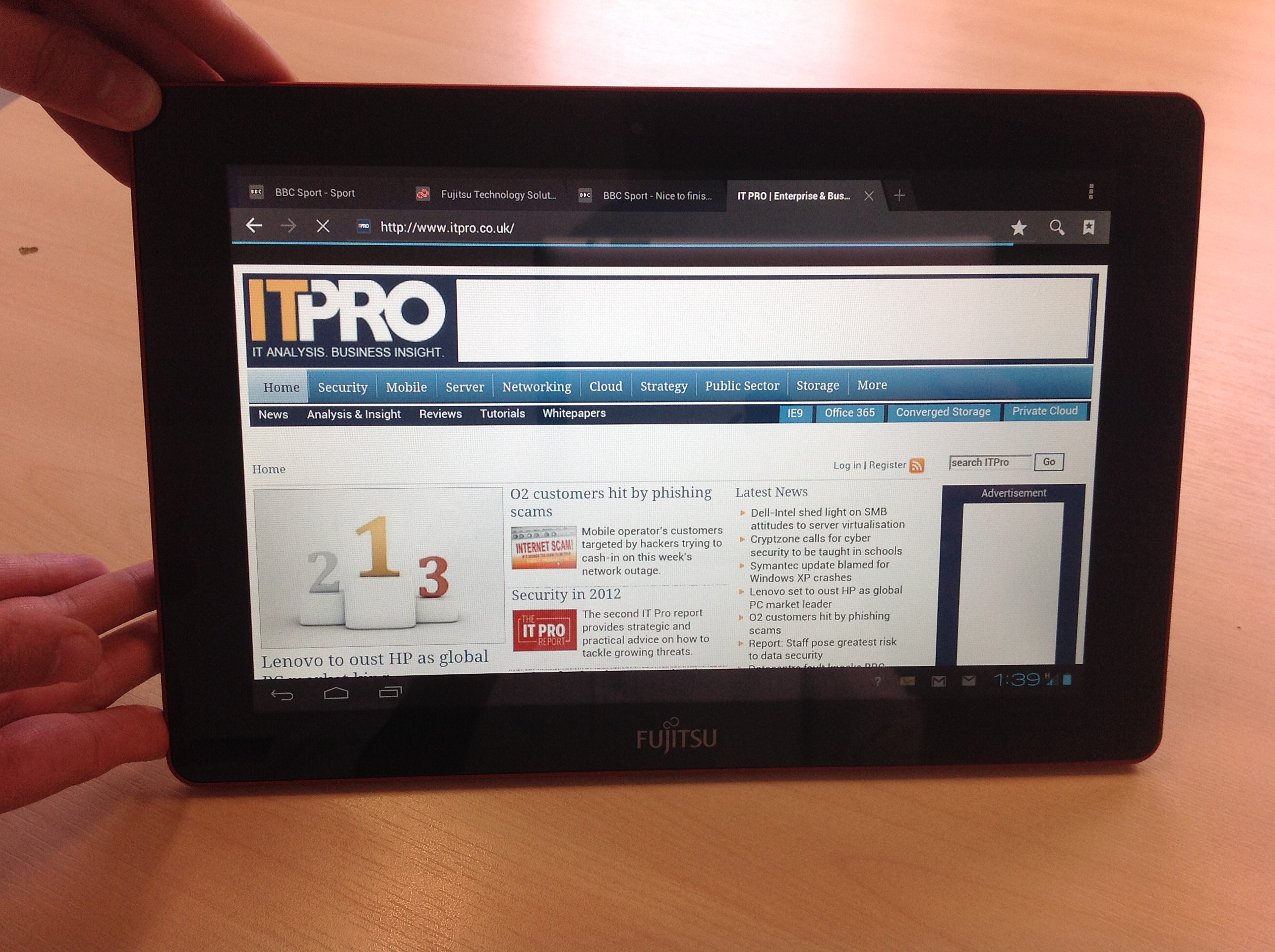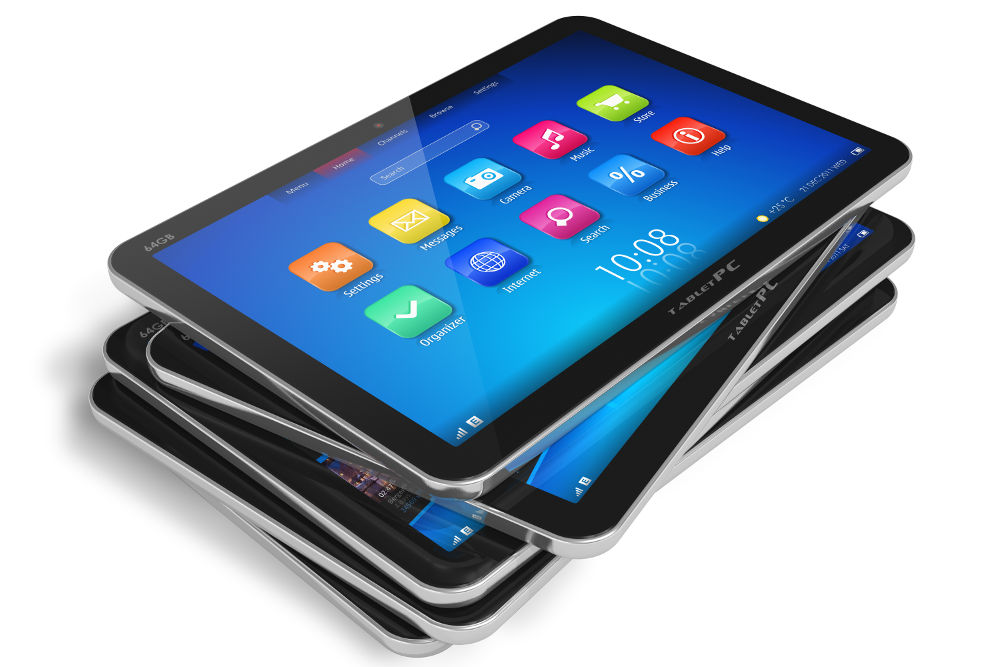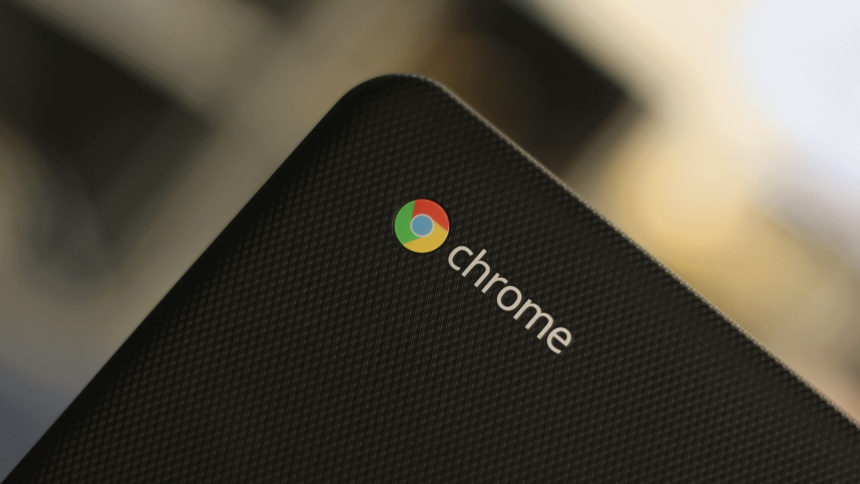Android drives strong tablet sales
IDC: Android drives market growth as iOS stalls and Windows tablets struggle to win over consumers.


Worldwide tablet shipments grew to 47.6 million units in the third quarter of 2013 according to preliminary data from IDC.
While slightly below the firm's forecast, the number still represents 7.0 per cent growth over the previous quarter, and 36.7 per cent growth compared to the third quarter of 2012.
Android products once again drove much of the growth in the market as iOS growth stalled and Windows tablets continued to struggle to win over consumers.
With no new iPad product launches in the second or third quarter to drive volume, Apple experienced a quarter-over-quarter decline in shipments from 14.6 million in 2Q13 to 14.1 million in 3Q13. Year over year, iPad shipments grew less than one percent. Apple's slowing growthcaused in part by its decision in late 2012 to move its product launches from earlier in the year to the fourth quarterhas caused the company's tablet market share to slip to 29.6 per cent, its lowest share to date.
However, with the new iPad Air shipping November 1 and the refreshed iPad mini with Retina scheduled to roll out later in November, IDC expects Apple to enjoy robust shipment growth during the fourth quarter.
"With two 7.9-inch models starting at $299 and $399, and two 9.7-inch models starting at $399 and $499, Apple is taking steps to appeal to multiple segments," comments Jitesh Ubrani, research analyst with IDC's Tablet Tracker.
"While some undoubtedly hoped for more aggressive pricing from Apple, the current prices clearly reflect Apple's ongoing strategy to maintain its premium status. It's worth noting that Apple wasn't the only one to increase the price of its small-sized tablet during this product cycle: Both Google and Amazon increased the price of their newest 7-inch tablets from $199 to $229 to cover the higher costs associated with high resolution screens and better processors."
Get the ITPro daily newsletter
Sign up today and you will receive a free copy of our Future Focus 2025 report - the leading guidance on AI, cybersecurity and other IT challenges as per 700+ senior executives
Samsung once again secured the second position with shipments of about 9.7 million units. The company, which owes a measure of its tablet success to its ability to bundle them with other successful Samsung products, such as smartphones and televisions, grabbed 20.4 per cent of the worldwide market.
ASUS, which makes the Nexus 7 for Google, shipped about 3.5 million total units during the quarter for a third place finish and 7.4 per cent market share. PC powerhouse Lenovo moved into the number four tablet spot with shipments of 2.3 million units and a 4.8 per cent share. Finally, Acer rounded out the top five with 1.2 million units shipped and a 2.5 per cent share.
Notably, vendors from outside the top five were responsible for more than a third of the shipments in 3Q13. IDC tracks dozens of tablet vendors, and this quarter "Others" represents a combination of major vendors (such as Amazon, Microsoft, HP, and Dell) and lesser-known, so-called white box vendors that typically sell ultra-low cost Android devices at often unsustainably low margins.
"White box tablet shipments continue to constitute a fairly large percentage of the Android devices shipped into the market," says Tom Mainelli, research director, Tablets at IDC. "These low cost Android-based products make tablets available to a wider market of consumers, which is good.
"However, many use cheap parts and non Google-approved versions of Android that can result in an unsatisfactory customer experience, limited usage, and very little engagement with the ecosystem. Android's growth in tablets has been stunning to watch, but shipments alone won't guarantee long-term success. For that you need a sustainable hardware business model, a healthy ecosystem for developers, and happy end users."
In his keynote at last month's Canalys Channels Forum, CEO Steve Brazier said predicted that Google Android would become the operating system of choice within the enterprise.
"It's mainly consumer today but with such dramatic numbers shipping, it's just a matter of time," he commented.
Christine has been a tech journalist for over 20 years, 10 of which she spent exclusively covering the IT Channel. From 2006-2009 she worked as the editor of Channel Business, before moving on to ChannelPro where she was editor and, latterly, senior editor.
Since 2016, she has been a freelance writer, editor, and copywriter and continues to cover the channel in addition to broader IT themes. Additionally, she provides media training explaining what the channel is and why it’s important to businesses.
-
 Should AI PCs be part of your next hardware refresh?
Should AI PCs be part of your next hardware refresh?AI PCs are fast becoming a business staple and a surefire way to future-proof your business
By Bobby Hellard
-
 Westcon-Comstor and Vectra AI launch brace of new channel initiatives
Westcon-Comstor and Vectra AI launch brace of new channel initiativesNews Westcon-Comstor and Vectra AI have announced the launch of two new channel growth initiatives focused on the managed security service provider (MSSP) space and AWS Marketplace.
By Daniel Todd
-
 Tablet market falls 15% as low-cost devices lead sales
Tablet market falls 15% as low-cost devices lead salesNews Weakened market caused by 'low-cost detachables" sees third-quarter tablet sales fall by 15%
By Dale Walker
-
 iPhone shipments to fall in 2016, while Android makes gains
iPhone shipments to fall in 2016, while Android makes gainsNews Decline in two-year contracts may also cause general smartphone market contraction, analysts claim
By Clare Hopping
-
 Sorry, Apple: Chromebooks outselling Macs
Sorry, Apple: Chromebooks outselling MacsNews IDC confirms that Chromebooks are outselling Apple Macs in the US
By Nicole Kobie
-
 Tablet sales decline, but detachables rise in popularity
Tablet sales decline, but detachables rise in popularityNews Devices such as the iPad Pro and Microsoft Surface are quickly replacing PCs, IDC says
By Clare Hopping
-
 Apple Watch takes on FitBit in wearables chart
Apple Watch takes on FitBit in wearables chartNews The company is second only to fitness band maker FitBit, according to latest IDC figures
By Clare Hopping
-
 Apple iPad shipments down 3 million year-on-year
Apple iPad shipments down 3 million year-on-yearNews Samsung and Lenovo experience big gains in the tablet market, says IDC
By Caroline Donnelly
-
 EMC World 2013: EMC hails rise of third platform apps
EMC World 2013: EMC hails rise of third platform appsNews Storage giant's senior execs talk up emergence of new cloud-hosted apps.
By Caroline Donnelly
-
 Microsoft intervention needed to make Windows 8 a hit, claim analysts
Microsoft intervention needed to make Windows 8 a hit, claim analystsNews IDC figures blame Windows 8 for slump in PC sales, but analysts claim Microsoft can still save the day.
By Caroline Donnelly